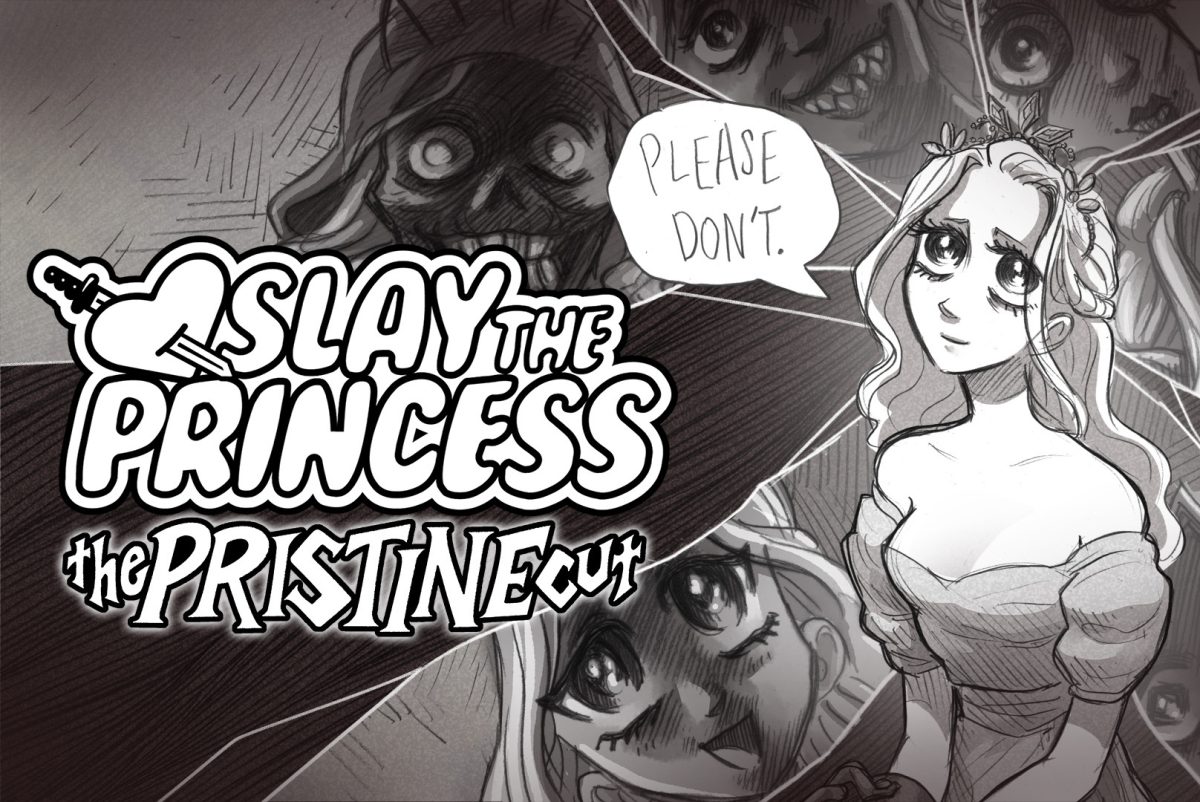It’s February, which, as a month, is singularly defined by Valentine’s Day—a celebration of love, the commodification of human connection, and chocolates. If I wrote an article about the latter two, it would get me put on a list for not kowtowing to the Divine Godking Amazon or kind of boring, so instead I’m writing about my favorite dating simulator—and it IS a dating simulator—the game Slay the Princess, created by Black Tabby Games.
Before I begin, a bit of context for the unfamiliar: Slay the Princess is an absolutely stunning horror visual novel (it is still a dating sim, we’ll come back to this), sporting a narrative with enough layers to rival the humble onion and illustrated by the illustrious Abby Howard (creator of numerous memes, Junior Scientist Power Hour, and The Last Halloween). In it, you find yourself as an unknown protagonist with only a mysterious Narrator, an ever-growing peanut gallery of voices in your head, and a quest, given to you by the Narrator: slay the Princess. If you don’t, she will end the world.
From there on, it’s nothing but choices—find the Princess or turn away; take the knife or don’t; say this or say that—with each one altering your path and the Princess herself further, or, at the very least, yielding an interesting line of dialogue. Will you reach a happily ever after? Will you die a gory death? Both? Neither? Something else entirely? Within its branching narrative, Slay the Princess contains all these possibilities and more, with ample opportunity to explore numerous options in a single playthrough due to the time loop. No matter what end you come to, it will always lead to a new dawn.
I thought about explaining more on the exact mechanics of the game, but honestly, the best possible experience (and understanding of what the heck I’m actually describing) is hewn from playing it yourself. If you’re a fan of story-focused games, or just stories in general, I highly recommend it. Slay the Princess is in the running for one of my favorite games of all time, which should come as a surprise to absolutely no one who knows me. Of course I like the monochromatic indie time loop game with themes around the painful necessity of change and the dangers of stagnation. However, I do genuinely believe that Slay the Princess is one of the best written things I have ever read, no matter the media. It leverages the visual novel medium to elevate the themes of choice and change, each path telling individually spectacular, haunting, and incredibly rich stories that are then unified in the final section to jaw-dropping effect. I don’t want to spoil anything, but the finale segment is one of the best gaming experiences I’ve ever had. I think about it all the time. You spend the entirety of your first playthrough gathering hints and clues and revealing lines of dialogue, hoarding them close while trying to piece together the overarching mystery of the game’s context. Who is the Narrator? Why is he here? Where are you really? Who—or what—is the Princess? Who are you? In the finale, everything starts coming together—but very few things are outright stated, making for a highly engaging experience as you race to gather and assemble the new deluge of clues before you must make your final choice.
Overarching structure aside, the writing itself is good. Some stories will have fantastic concepts but don’t carry the smaller moments as well, and Slay the Princess does not fall victim to this in the slightest. I can’t think of a single part or path that I genuinely dislike, but so many parts that I love immediately spring to mind. There are certain lines that my sibling and I will just quote at each other. It has fantastic range—some bits make me laugh out loud, others return to me in the quiet hours of the night when shadows stretch into specters. That is not an exaggeration. The Moment of Clarity (one of the paths) monologue is haunting in every meaning of the word.
The writing is further elevated by the efforts of the game’s two voice actors—yes, only two!—Nicole Goodnight, who voices the Princess in all her aspects, and Jonathan Sims, who voices the Narrator and the other voices in your head. I have a bad habit of speeding through dialogue in video games, since I’m a fast reader and highly impatient, but these two give such fantastic performances that I rarely feel inclined to skip ahead. The emotional depth and nuance their acting lends to this game simply cannot be quantified.
Emotional depth that really makes the game perform above and beyond the average dating simulator. Yes, we’re back to this now. Wikipedia defines dating sims as a subgenre featuring romantic elements with the added caveat that “true dating sims utilize an additional statistical and time management layer in their gameplay.” In-game time limits require players to choose certain activities to focus on in order to raise affection with certain characters. Slay the Princess seemingly lacks the mechanics necessary to differentiate it from the average visual novel, and push it into the dating sim category. However, these mechanics only exist—and have only come to define the genre of dating simulator—because they’re meant to mimic the complexities of real dating. Juggling schedules and carefully maintaining a variety of relationships is only one way to simulate that. I believe that a game can stray from conventional mechanics and still qualify as a dating sim so long as it, in some small part, manages to replicate the experience of building an actual romantic relationship.
Slay the Princess accomplishes this through the intricate ways in which you can interact and build a connection—romantic, hostile, in a weird little area in between the two—with the Princess. I shan’t deliver spoilers, but it is possible to achieve love—and infinitely more possible to achieve misery, something that, perhaps, reflects the realities of dating better than other dating sims. The trust you build or betray, the choices you make and the ones you don’t—these are all central to Slay the Princess, just as they are central to real-world interactions regardless of context. Sure, most forms of real-world dating occur in pretty different situations than the ones presented in Slay the Princess. But the importance and impact of choice remains a common thread in both. I argue that if intensive scheduling with romantic results is considered close enough to real-world dating to qualify a game as a dating sim, then an intensive focus on choice with (possibly) romantic results is close enough to real-world dating to qualify Slay the Princess as such.
Slay the Princess is a self-professed love story. Having played through the game multiple times, I cannot help but agree. If you find yourself disagreeing, or curious as to the validity of my argument—or if you think I am right about everything and super duper smart—then you should go play Slay the Princess, available on Steam, Switch, Playstation, and Xbox. You won’t regret it.



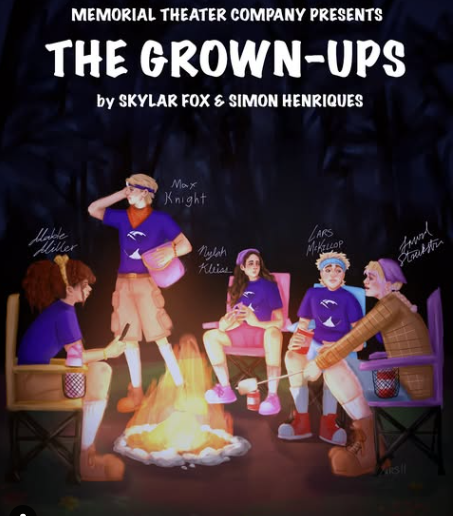
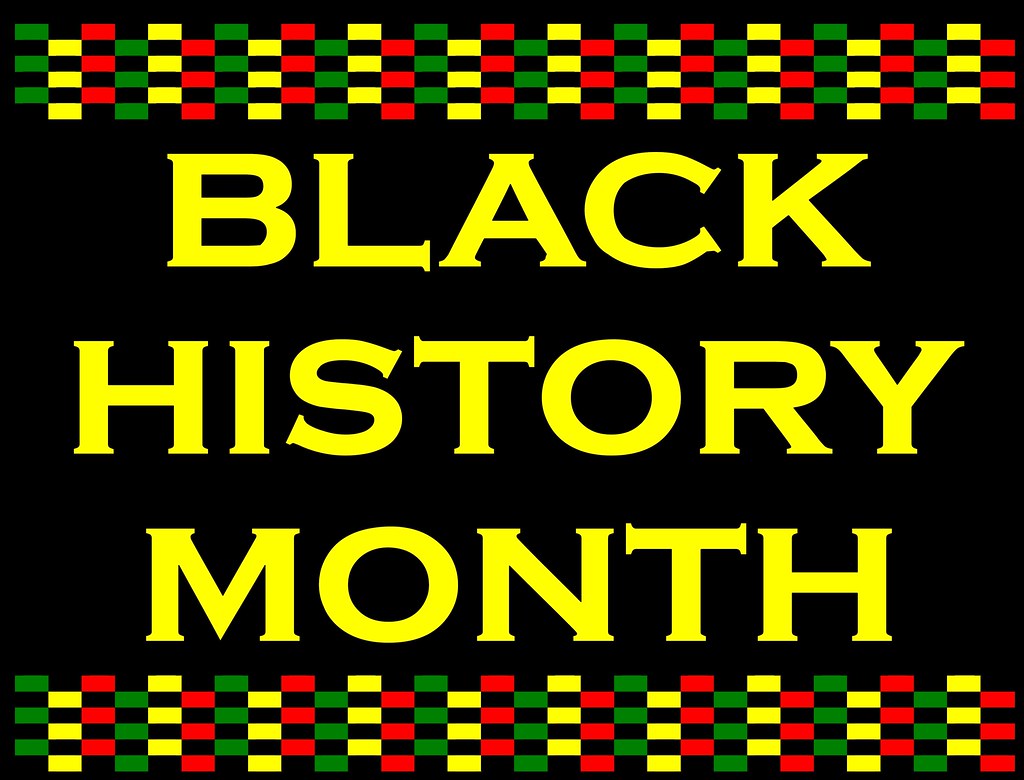
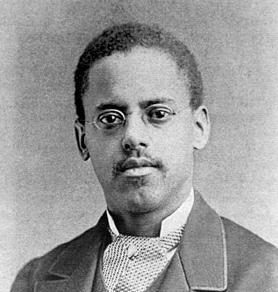

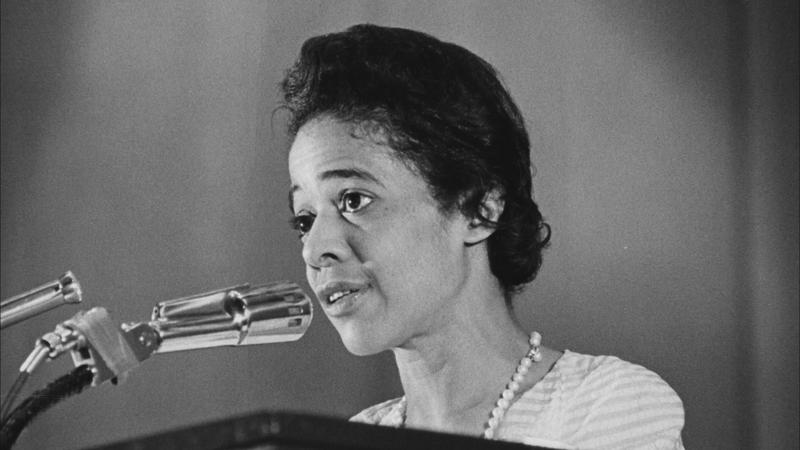


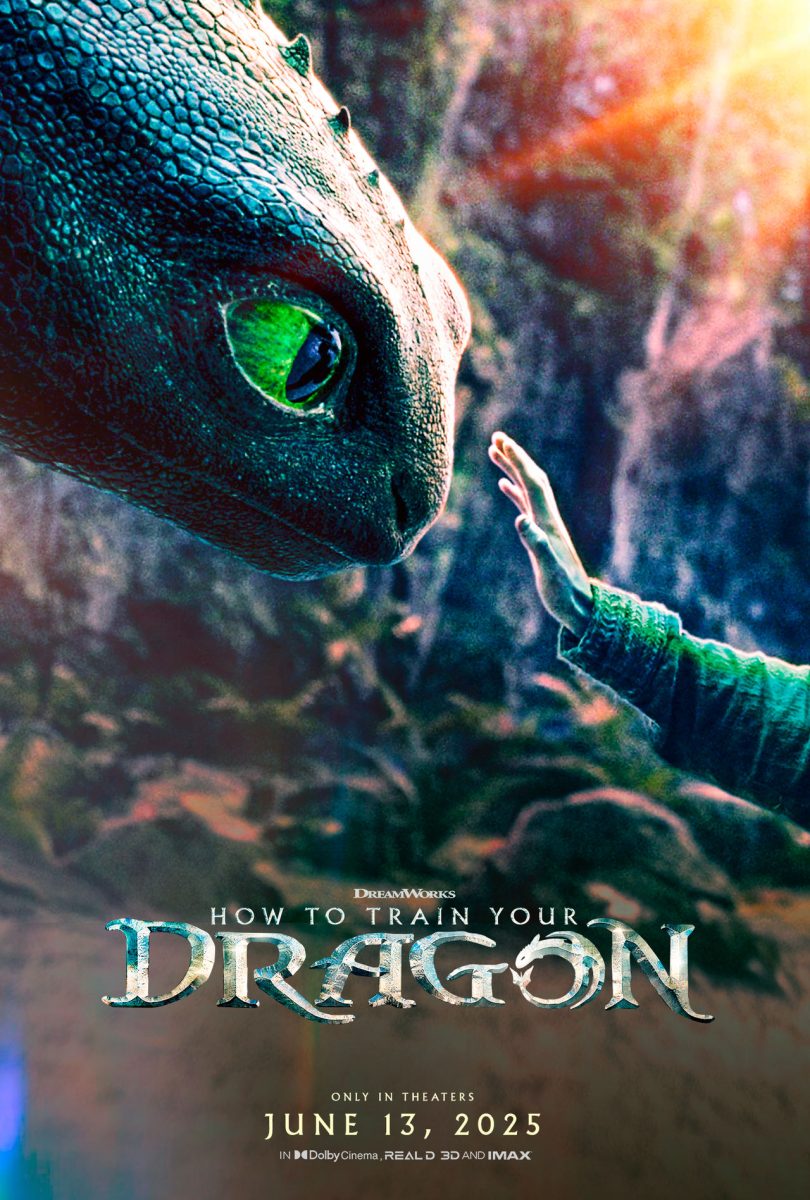
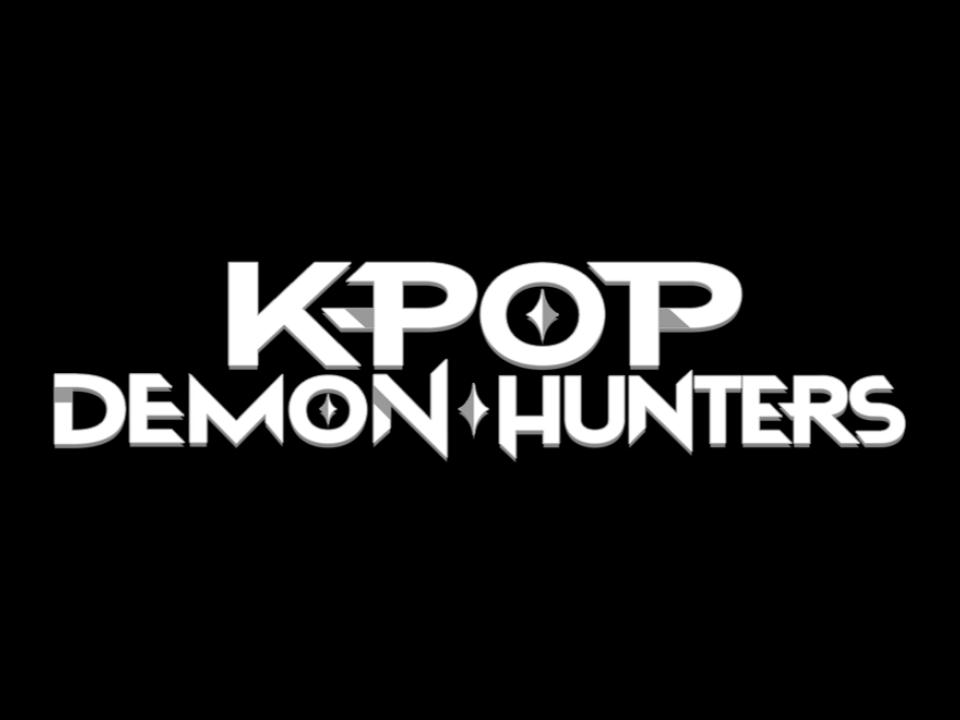
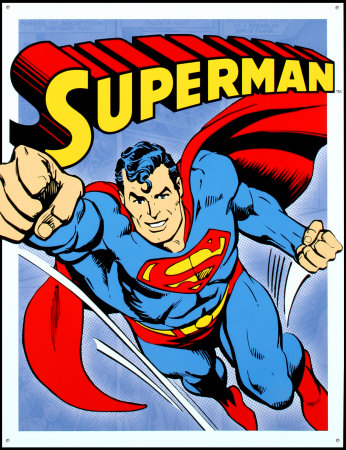
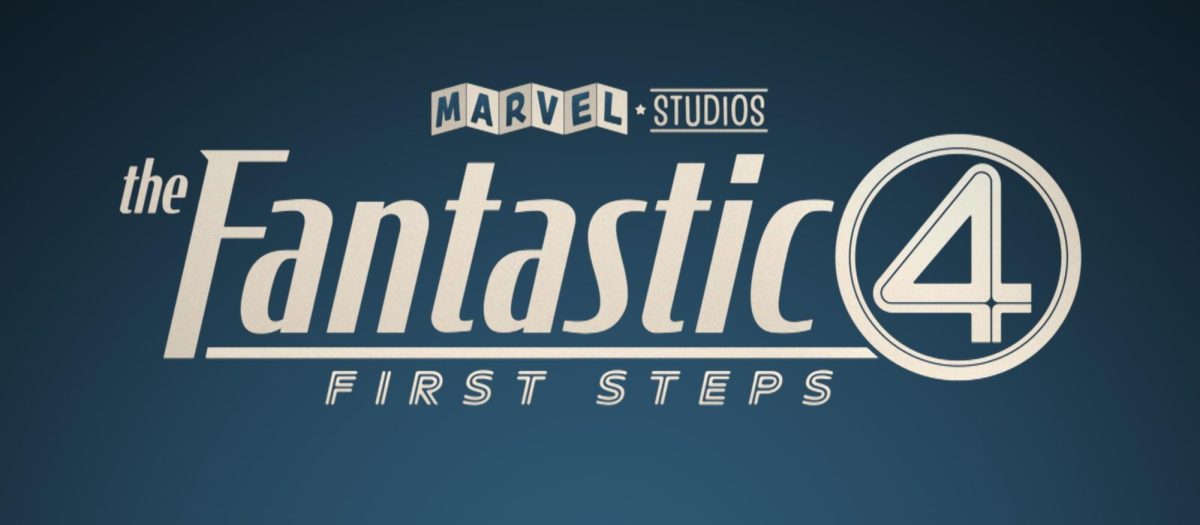






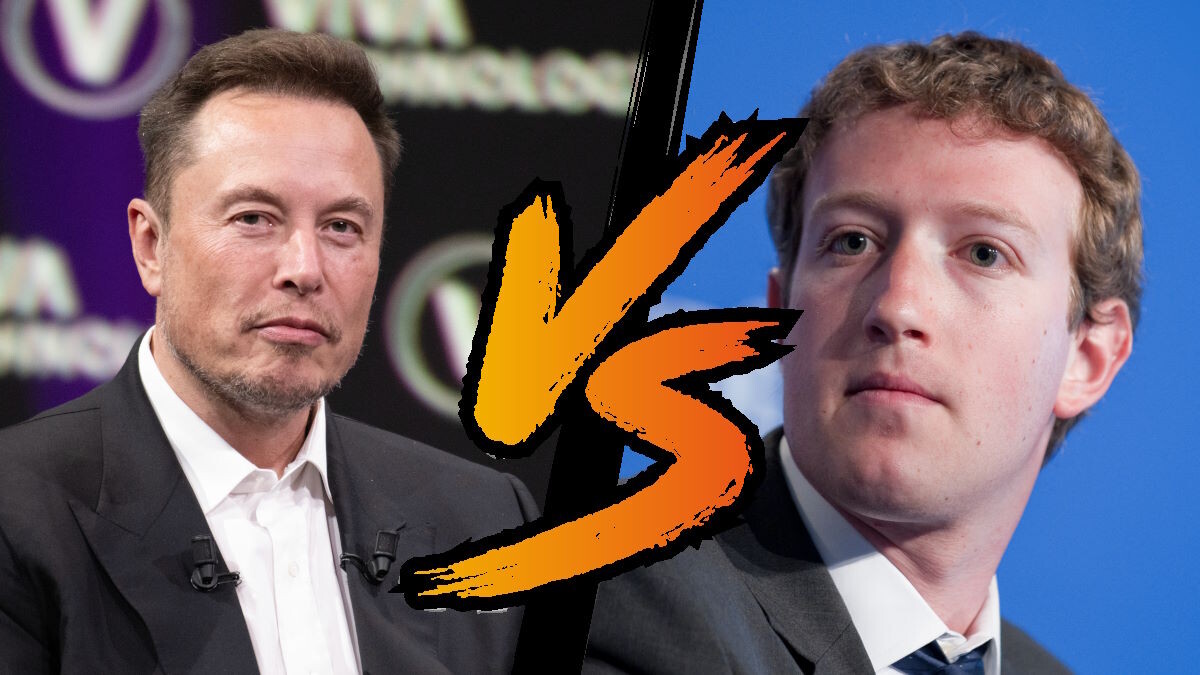
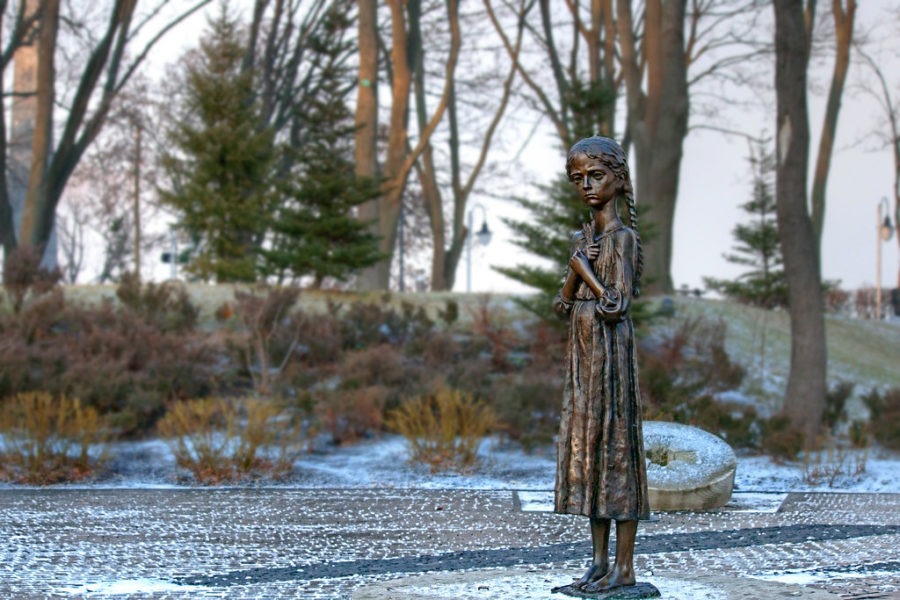



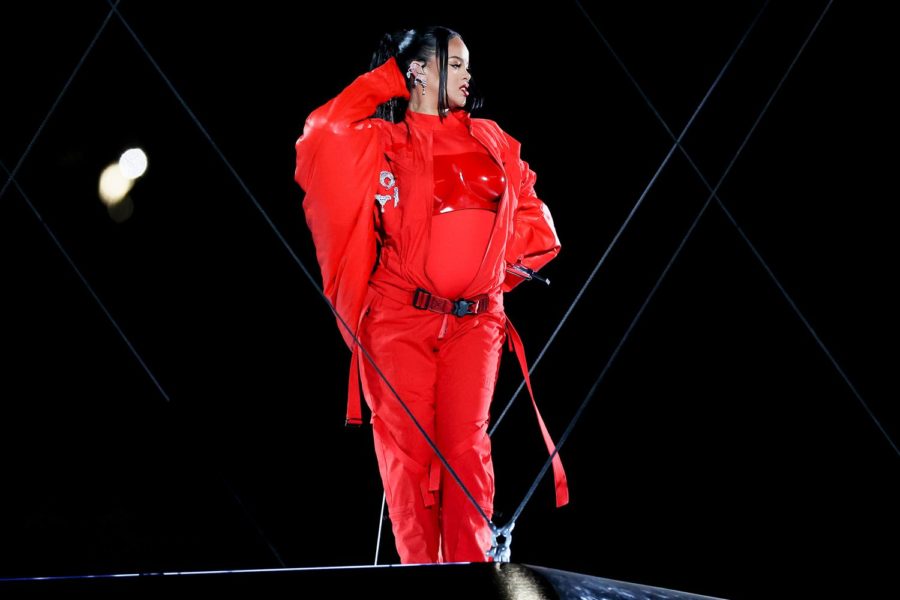





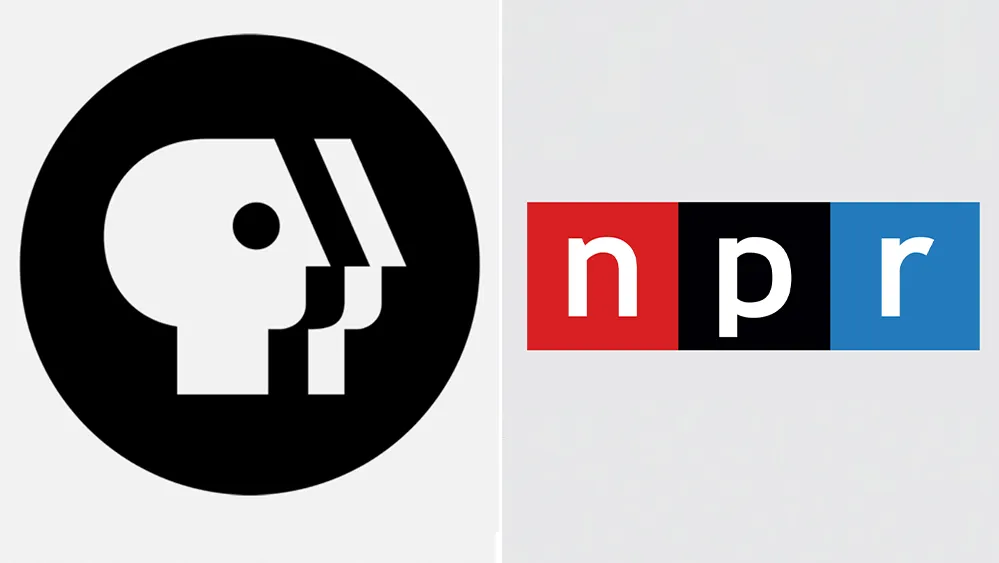


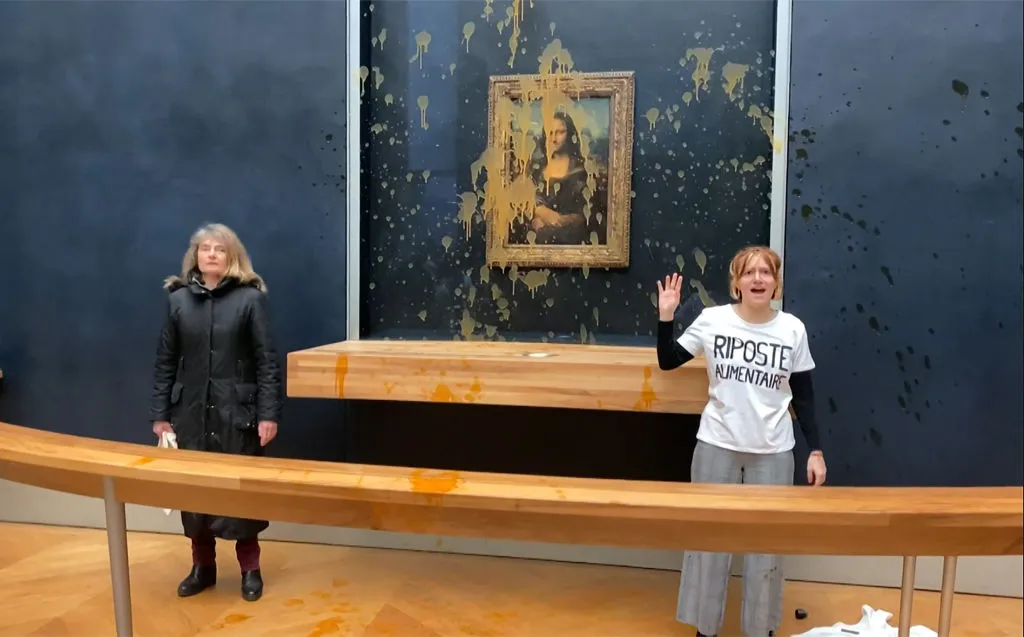









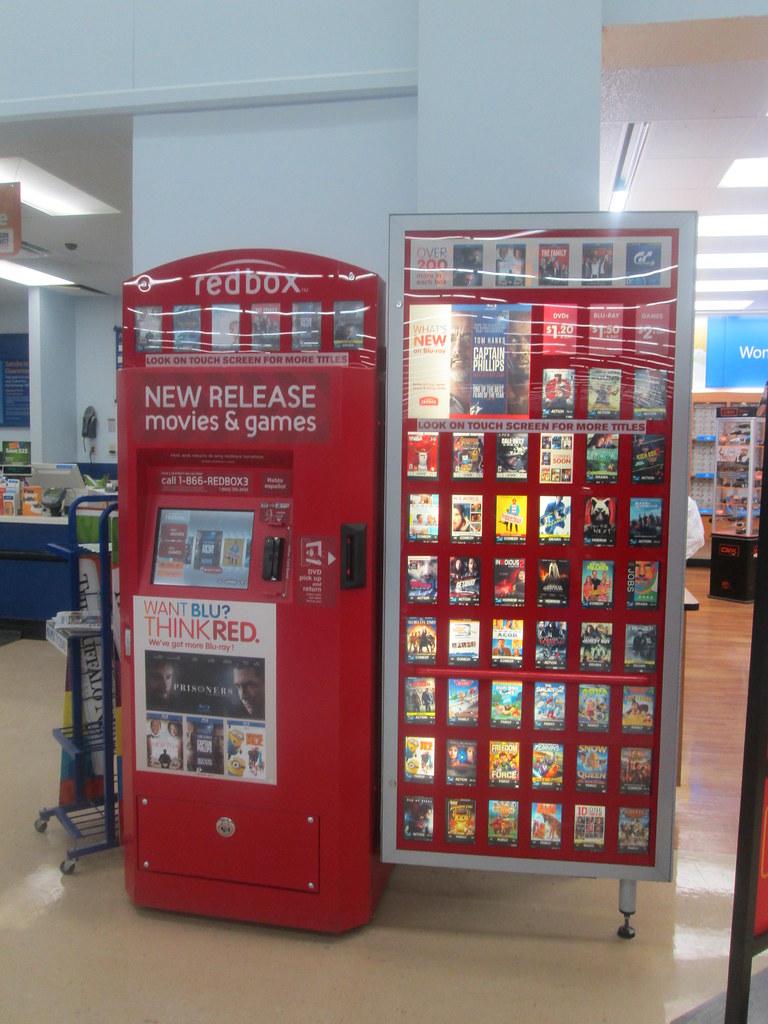




![Image credit to [puamelia]](https://memorialswordandshield.com/wp-content/uploads/2025/08/3435027358_ef87531f0b_o-1200x803.jpg)


